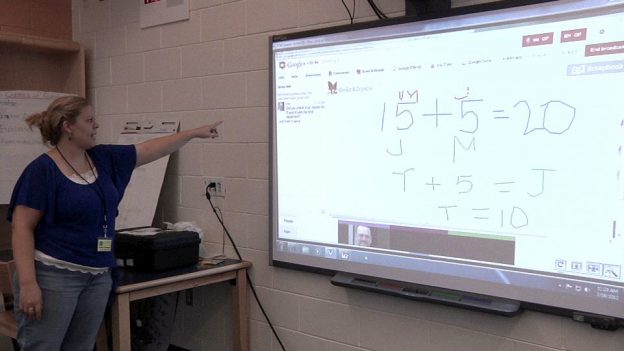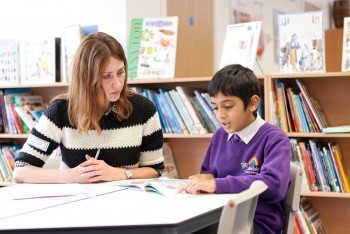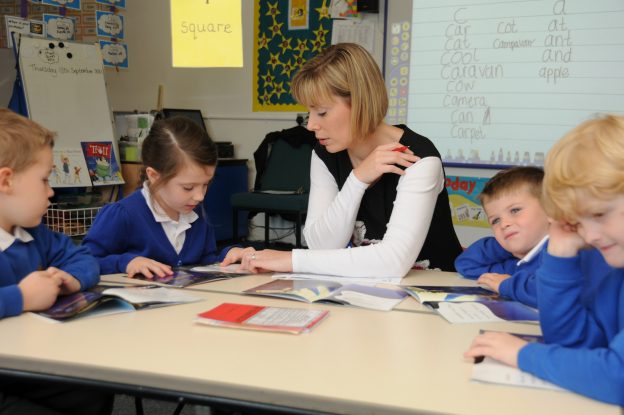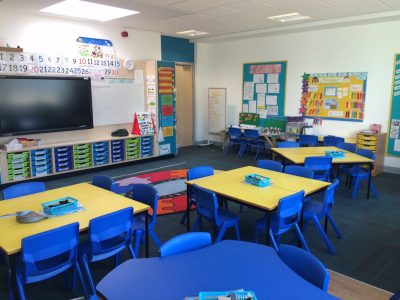It’s always a problem, especially at the start of a new academic year. There’s just so much to get through but your class is just SO SLOW!




It’s always a problem, especially at the start of a new academic year. There’s just so much to get through but your class is just SO SLOW!

In many schools and classes the children are set work as soon as they enter the room in a morning – but is this a good thing to do?

How’s your timetable looking?

I like stickers – there you are, I admit it…there’s something tangibly satisfying about both giving and receiving a sticker – in short it’s a winner!

We are all aware, I am sure, of the pressure of time in delivering the curriculum – there seems to be an overload of content (a percentage of which is irrelevant, inappropriate and unnecessary) and just not enough time to deliver it!

The first point in introducing ANY new concepts or topics is to find out what the children already know.

Reading is an integral and vital part of the education of all children – without sufficient progress and proficiency a child’s ability to both access and function successfully within the curriculum will be severely diminished.

So here we are at the start of the new academic year….but let’s not rush headlong into the melee. Instead let’s wind back a few steps and approach it from a short distance!

As an Early Career teacher you will now have already secured a job in school for September or will be in the process of interviews for vacancies.
Once you have secured your post it is important that you make time to visit the school BEFORE the summer term ends and for a period of at least a full day.
Irrespective of where you currently live in relation to where you will teach, you must make the effort to phone the school and arrange for your visit.

It may be the case that the school has already contacted you to arrange a day and certainly many will do this. But if they have not then don’t be nervous about calling the school office and getting a date in the diary.
The purpose of your visit:
There are many things that you need to get to know and organise during this day – so that is why it is important. There are also things that you will not be able to do, or will find difficult to do after the school has broken up for the summer holiday – so again its important to get these things sorted out.
Let me put down a list of what you need to do / find out and make a brief comment on each as we go…..

The above are the basics of what you need to know, see and collect on your visit. It really only needs a day but its a tiring day as everything is new and you begin to realise the responsibility you will be facing.
However be friendly and outgoing – ask questions for everything you need to know and if you need explanations or don’t understand something then say so…..colleagues will be only too happy to help and guide you.
Armed with all this information you will begin to feel the realisation that you have made the grade and that THIS IS YOUR SCHOOL !
At this point you don’t need to worry any further about what to do or sort out or arrange. Primary practice has an online course entitled “Preparing for September” which will help you through all the things you need to do. It will guide you from the 1st point you step into your class to sort it out before the term starts and through every step that follows.
https://courses.primarypractice.co.uk/
I hope this short article helps you in your first visit to your school – enjoy your day.
Charles


So just what is a transition day and what is it for and all about?